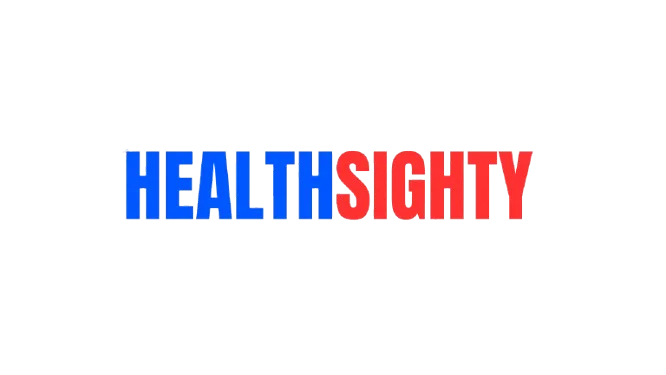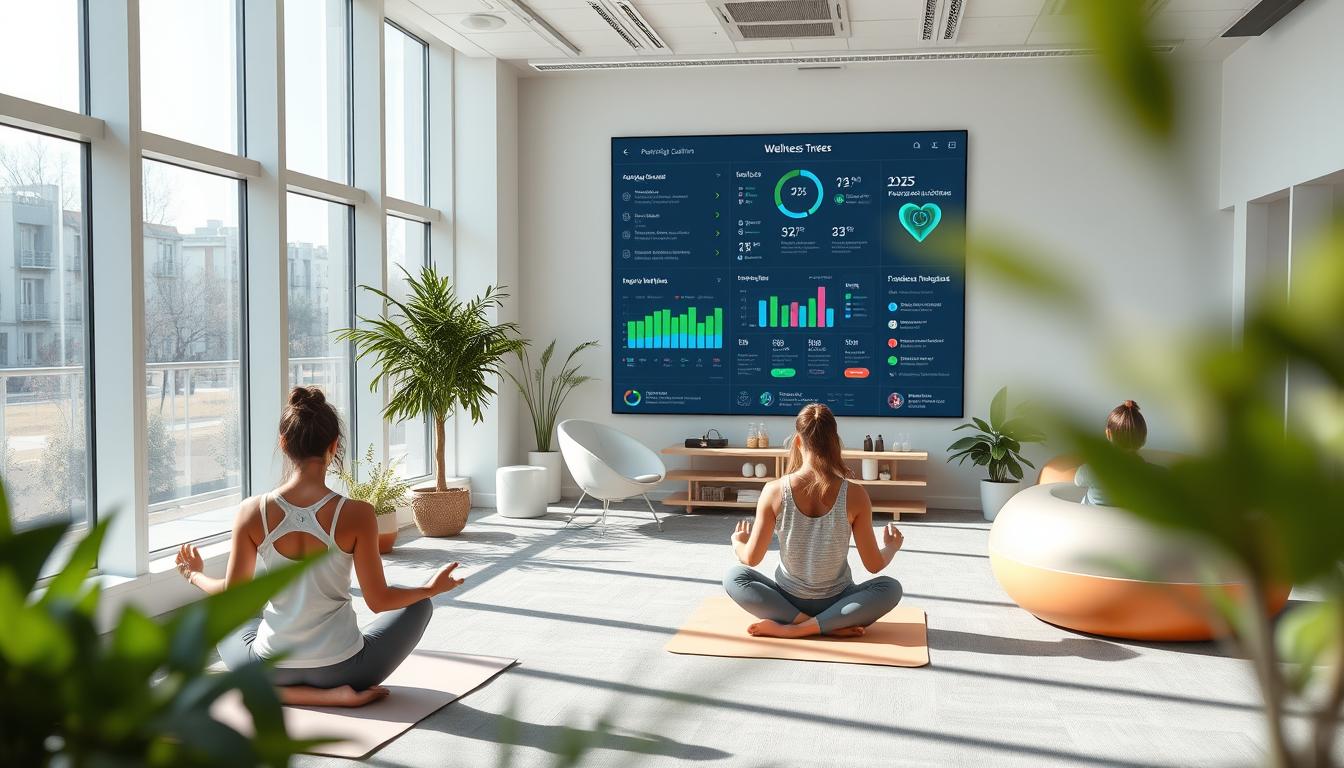Did you know 75% of professionals felt burned out in 2024? The rise of digital work has made mental health issues worse. It’s now more important than ever to know how to spot and stop burnout.
Preventing burnout is no longer just a good idea—it’s a must for keeping your job. With work and tech mixing more, knowing the signs of burnout in 2025 could save your mental health.
This guide will show you how to spot, handle, and beat burnout at work. We’ll dive into the latest research and methods to keep your mind healthy in today’s complex job world.
Key Takeaways
- Understand the evolving nature of workplace stress
- Recognize early warning signs of professional burnout
- Learn science-backed prevention strategies
- Develop sustainable work habits
- Implement digital wellness techniques
Understanding Modern Burnout in the Digital Age
The way we work has changed a lot in recent years. Burnout in the digital age is now a big problem for people all over the world. Technology has made it harder to separate work from personal life, leading to new mental health issues.

The Evolution of Workplace Stress
Workplaces have changed a lot. With more remote work and always being connected, stress at work has gone up. The old 9-to-5 job is no longer the norm. Now, we’re expected to be available all the time.
- Increased digital communication demands
- 24/7 accessibility through smartphones
- Blurred work-life boundaries
- Constant performance tracking
Impact of Technology on Mental Health
Tools meant to help us work better can actually make us more tired. Constant notifications, too much email, and too many virtual meetings are making people very stressed.
| Technology Stress Factors | Mental Health Impact |
|---|---|
| Constant Email Connectivity | Increased Anxiety Levels |
| Virtual Meeting Overload | Cognitive Exhaustion |
| Performance Tracking Apps | Higher Workplace Pressure |
Current Burnout Statistics and Trends
By 2025, we’ll see more focus on mental health at work. Companies are starting to offer wellness programs to help with the stress of modern work.
“The most significant workplace challenge of our time is managing mental health in an always-connected world.” – Workplace Wellness Report 2025
Early Warning Signs Your Body is Burning Out

Spotting early signs your body is burning out is vital to avoid total exhaustion. Many ignore small signs of stress and burnout.
To catch burnout early, watch for both physical and emotional signs. Your body clearly shows when stress gets too high.
- Persistent fatigue that doesn’t improve with rest
- Increased irritability and emotional sensitivity
- Reduced productivity and concentration
- Chronic sleep disturbances
- Unexplained physical aches and tension
Knowing burnout signs you can’t ignore means looking at everything. Mental health experts say to keep track of your well-being closely.
| Burnout Indicator | Severity Level | Recommended Action |
|---|---|---|
| Constant exhaustion | High | Immediate rest and professional consultation |
| Decreased motivation | Medium | Lifestyle and work routine assessment |
| Emotional detachment | Critical | Psychological support and stress management |
Early action is essential to stop burnout and keep your mind healthy.
Physical Symptoms of Burnout You Can’t Ignore
Burnout isn’t just a mental state—it’s a physical condition that can dramatically impact your overall health. Recognizing the physical symptoms of burnout and stress is key to avoiding long-term health problems. Your body sends warning signals that stress overload signs you can’t ignore are emerging.

Understanding how burnout affects your health requires paying attention to specific physical manifestations. These signs show your body is under extreme pressure.
Sleep Disturbances and Fatigue
Chronic burnout dramatically disrupts your sleep patterns. You might experience:
- Difficulty falling asleep
- Frequent night wakings
- Extreme exhaustion despite sleeping
- Unrefreshing sleep cycles
Changes in Appetite and Energy Levels
Your body’s stress response can create significant metabolic changes. Burnout often triggers unexpected appetite shifts, such as:
- Sudden weight loss or gain
- Increased sugar and caffeine cravings
- Reduced interest in eating
- Digestive system disruptions
Physical Health Manifestations
Prolonged stress can trigger serious physical symptoms, including:
- Frequent headaches
- Muscle tension and chronic pain
- Weakened immune system
- Cardiovascular strain
Recognizing these physical symptoms early can help you take proactive steps. This way, you can manage your stress and prevent complete burnout.
Emotional and Mental Signs of Professional Exhaustion
It’s key to spot emotional exhaustion to grasp the full picture of professional burnout. In 2025, work stress keeps hitting our mental health hard. It shows in small but important emotional signs that we need to notice.
The signs of burnout in 2025 are more than just feeling tired. You might feel:
- Persistent cynicism about work
- Emotional detachment from work
- Unexplained irritability and reduced patience
- Less sense of personal achievement
- Increased emotional sensitivity
Starting your recovery plan means spotting these emotional warning signs. Feeling emotionally disconnected often means your mind is running on empty. Feeling constantly overwhelmed, unmotivated, or empty are big red flags.
Everyone shows mental symptoms differently. Some might feel emotionally shut down, while others might swing wildly in mood. The important thing is to catch these signs early and start healing your mind.
“Your emotional well-being is not a luxury, but a necessity for sustainable professional performance.”
Knowing these emotional signs is the first step to a strong mental health plan. By noticing and tackling these signs, you can avoid total burnout and keep your mind strong.
How to Recognize and Prevent Burnout in 2025
The workplace is changing fast, and we need new ways to stop burnout. It’s key to spot burnout early to keep our work life healthy and productive.
Modern Detection Methods
Spotting burnout early needs a smart and all-around plan. New methods are coming up to catch signs early:
- Use digital wellness apps
- Do regular mental health checks
- Watch how work and life balance
- Check stress levels often
Prevention Strategies for the New Era
New ways to stop burnout are changing how we work. Companies are now focusing on mental health and creating supportive spaces:
- Offer flexible work options
- Make mental health days a must
- Have stress management plans for each person
- Provide chances for growth and learning
Building Sustainable Work Habits
Building resilience takes purposeful steps. Creating lasting work habits means setting limits, taking care of yourself, and seeing work challenges as opportunities.
“Prevention is always better than cure, specially for mental health at work.” – Modern Wellness Research Institute
By using these new strategies, you can handle work stress and stay at your best in 2025’s fast-paced work world.
Science-Backed Ways to Combat Mental Exhaustion
Mental exhaustion can sneak up on you, hurting your work and happiness. It’s key to know how to stop burnout to keep your mind healthy in today’s stressful world.
Experts have found many ways to fight burnout that boost your strength and feelings. These methods are based on real science, not just ideas.
- Practice mindfulness meditation for 10-15 minutes daily
- Implement structured breathing techniques
- Develop consistent sleep patterns
- Create clear work-life boundaries
Managing cortisol is key to handling stress before it turns into burnout. You can control your body’s stress response with specific actions that lower tension.
“Mental health is not a destination, but a process of ongoing self-care and awareness.” – Anonymous Psychologist
Studies show that regular stress management can change your brain’s stress reaction. By using these mental health tips, you can grow stronger and avoid long-term exhaustion.
- Regular exercise
- Cognitive behavioral techniques
- Professional counseling
- Nutritional support for brain health
Stopping burnout is a job that needs effort and smart self-care. Your mental health is important—use these proven methods to keep your emotions in check.
Self-Care Strategies for Long-Term Resilience
Building resilience against burnout needs a whole-body approach to well-being. Your mind and body are linked, making self-care key for balance in work and life.
Keeping your energy up daily means doing things that help your overall health. Good self-care to avoid burnout is not just about relaxing sometimes. It’s about making it a regular part of your life.
Daily Energy Management Techniques
Managing your energy well starts with knowing your limits and making routines that last. Here are some effective ways:
- Schedule regular mental breaks during work hours
- Practice micro-meditation sessions lasting 5-10 minutes
- Establish a consistent sleep schedule
- Develop a morning ritual that energizes you
Creating Healthy Boundaries
Mindfulness and stress reduction start with clear personal and work boundaries. Learn to say no to things that take too much energy. Focus on activities that make you feel good.
- Define work-life separation
- Communicate your limits clearly
- Protect your personal time
- Delegate tasks when possible
Mindfulness and Stress Reduction
Adding mindfulness to your life can greatly help with stress. Simple actions like deep breathing, guided meditation, and thinking deeply can keep your emotions steady.
“Self-care is not selfish. You cannot serve from an empty vessel.” – Eleanor Brown
By using these self-care methods regularly, you’ll grow strong and handle work challenges better over time.
Workplace Solutions to Prevent Professional Burnout
Creating effective solutions for workplace stress and burnout needs teamwork. Your mental health matters a lot. By using smart workplace practices, you can better balance work and life.
“A healthy workplace is not about eliminating stress, but managing it effectively.” – Dr. Emily Roberts, Organizational Psychologist
Employers can help by starting several important initiatives:
- Implement flexible working arrangements
- Provide mental health resources and counseling
- Create clear communication channels
- Develop wellness programs
- Encourage regular breaks and time management
Workplace mental health strategies are getting better. They focus on making employees whole. It’s key to know how to handle work and mental health in today’s fast-paced jobs.
| Wellness Strategy | Impact on Employee Health |
|---|---|
| Flexible Work Hours | Reduces stress, improves productivity |
| Mental Health Support | Decreases burnout, increases job satisfaction |
| Regular Check-ins | Identifies stress early |
Managing work-life balance means setting limits, taking care of yourself, and talking to your boss. Share your workload and mental health needs.
It’s important for both employees and companies to work together. This way, we can build a lasting, healthy work culture.
Digital Wellness Tools and Resources for 2025
Workplace stress is changing, and digital wellness tools are key for mental health. New tech offers ways to fight burnout and boost well-being.
Digital tools have changed how we handle work stress. They offer personalized plans to tackle challenges and keep emotions in check.
Apps and Technologies for Mental Health
- Meditation and mindfulness apps with AI-powered stress tracking
- Cognitive behavioral therapy (CBT) digital platforms
- Personalized mental health coaching applications
- Stress management and emotional regulation tools
Virtual Support Systems
Virtual support systems have changed how we get mental health help. You can talk to counselors, join support groups, and find experts online, all from home or work.
- 24/7 online counseling services
- Anonymous support chat rooms
- Group therapy sessions via video conferencing
- Mental health community forums
Online Mental Health Resources
Online mental health resources keep growing, with tools for your well-being. You can find self-assessment tools and wellness programs online. These platforms offer support that fits your needs.
Digital wellness is not about replacing human interaction, but improving how we manage our mental health.
Using these digital tools daily can help you manage stress and avoid burnout. They help keep a balance between work and life in today’s complex world.
Recovery Strategies When You’re Already Burning Out
Recovering from burnout naturally needs a smart plan. First, know that healing is possible and takes time. Spotting the signs is the first step to getting your energy back.
Begin by making a detailed recovery plan. It should cover all parts of your well-being:
- Prioritize sleep and set a regular rest schedule
- Try mindfulness and meditation
- Start with gentle physical activities
- Focus on healthy eating
Your body needs special care during recovery. Here are key recovery points:
| Recovery Area | Recommended Actions |
|---|---|
| Mental Health | See a therapist, join stress management groups |
| Physical Restoration | Eat well, sleep right, exercise lightly |
| Emotional Wellness | Practice mindfulness, write in a journal, stay connected |
Getting professional help is key in your recovery. If your symptoms don’t get better or get worse, seek help. Your mental health matters, and the right support can speed up your recovery.
“Recovery is not a linear process, but a personal journey of healing and self-discovery.”
Remember, recovering from burnout naturally takes time. Slowly change your lifestyle, keep up with self-care, and listen to your body. This will help you regain your energy and strength.
Conclusion
Protecting mental health in 2025 needs a proactive approach to workplace wellness. Start your journey to thrive without burning out by understanding modern professional stress. Recognizing early signs and using prevention strategies can change your work life and personal strength.
The complete burnout survival guide is an ongoing journey of self-awareness and adaptation. Technology, work dynamics, and personal well-being are linked and need constant focus. By building strong mental health practices, you can make work habits that last and protect your energy.
Your success in facing work challenges depends on using holistic strategies. Use digital wellness tools, set clear boundaries, and focus on self-care. These steps help you stay at your best without harming your health.
As work environments change, protecting your mental well-being is more important than ever. Take charge of your career by using the insights and strategies from this guide. Preventing burnout is about living a fulfilling and balanced life in today’s work world.





